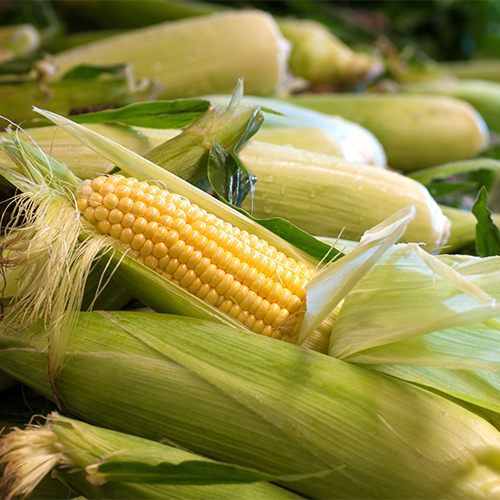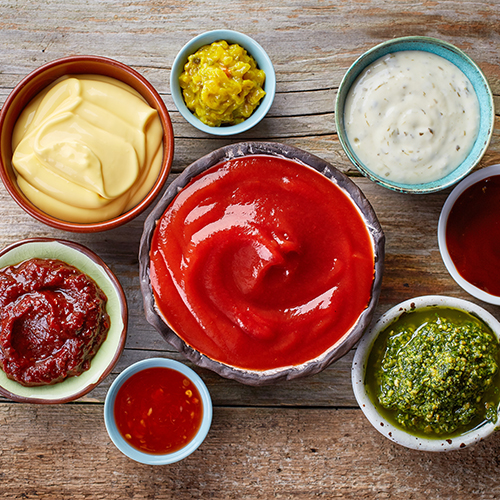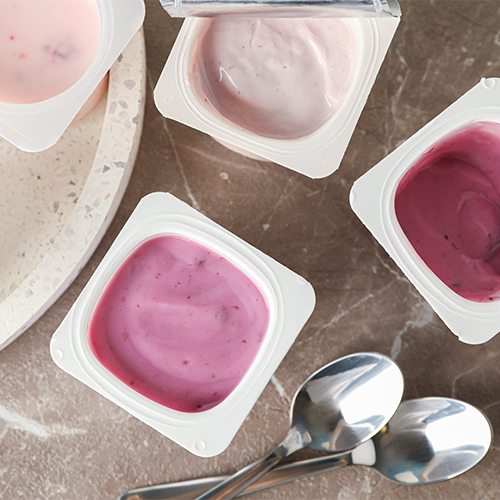This is an archived article and the information in the story may be outdated. Please check the time stamp on the story to see when it was updated last.
When you are trying to lose weight, consuming an excess amount of sugar won’t do your body any good. The problem with sugar is that it comes disguised in many names. One of those names is a processed version called high fructose corn syrup.

High-fructose corn syrup or HFCS is a processed sweetener made from corn starch. It’s chemically similar to table sugar and your body processes it similarly. It’s commonly used in the U.S. because it’s very cheap. The reason why HFCS is particularly bad for you versus table sugar is that it’s present in so many processed foods—even foods labeled as “healthy.”

Your body needs glucose in order to fuel your body, especially during high-intensity exercise. Pure glucose, like the sugar found in fruit, is easily transported and used by every cell in the body. Table sugar and HFCS comprise around 50% glucose and 50% fructose. Fructose from needs to be converted into glucose, glycogen (stored carbs), or fat by the liver before it can be used as fuel. When you consume too much fructose before your body converts it, it’s stored as fat.

Processed foods with large amounts of HFCS have been associated with an increased risk of insulin resistance. Studies show that insulin resistance is tied to metabolic syndrome, type 2 diabetes, fatty liver, and other diseases.

HFCS is used in many processed foods such as soda, condiments, granola bars, sweetened yogurt, salad dressings, bread, frozen dinners, and much more. If you are looking to cut out sugar and HFCS, be sure to read the labels. It’s always better to eat food as close to its natural form.


























